Big Picture
Big Picture involves placing topics of study with a broader understanding of the past. This involves relating topics to the local, national, and world perspective together with their place in a broader understanding of the past.
-

Changes in an aspect of social history from 1945 to 2000: youth culture
ArticleClick to view -

Exploring the spices of the east: how curry got to our table
ArticleClick to view -
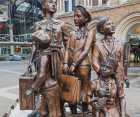
Scheme of work: Journeys - the story of migration to Britain
ArticleClick to view -
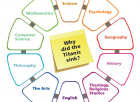
Epistemic insights: bringing subject disciplines together
ArticleClick to view -
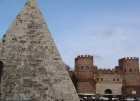
‘Miss, did the Romans build pyramids?’
ArticleClick to view -
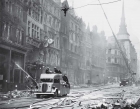
The Blitz: All we need to know about World War II?
ArticleClick to view -

Trade and pilgrimage in the Abbasid Caliphate
ArticleClick to view -
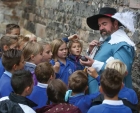
Siege coins of the English Civil War
ArticleClick to view -

Having fun through time
ArticleClick to view -
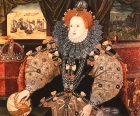
Coherence in primary history
ArticleClick to view -

Ideas for Assemblies: Refugee stories
ArticleClick to view -

Bringing the Civil War to life in Somerset
ArticleClick to view -

So was everyone an ancient Egyptian?
ArticleClick to view -

How do pupils understand historical time?
ArticleClick to view -
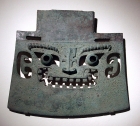
Searching for the Shang in Shropshire
ArticleClick to view -

History supporting global learning
ArticleClick to view -
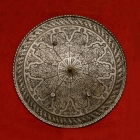
Who's afraid of the Big Bad Bronze Age?
ArticleClick to view -

From Home to the Front: World War I
ArticleClick to view -

Early Islamic civilisation
ArticleClick to view -

Pull-out Posters: Primary History 69
ArticleClick to view

